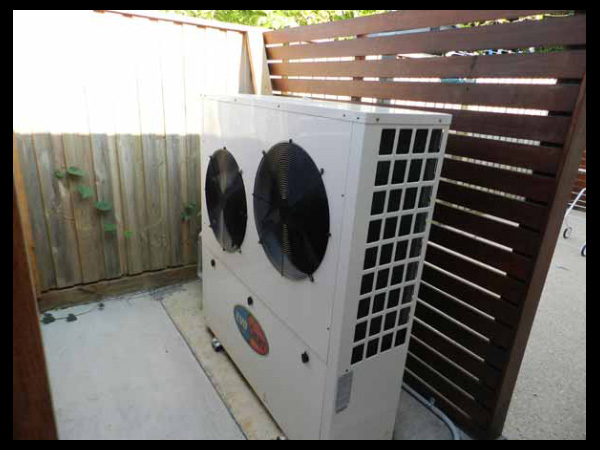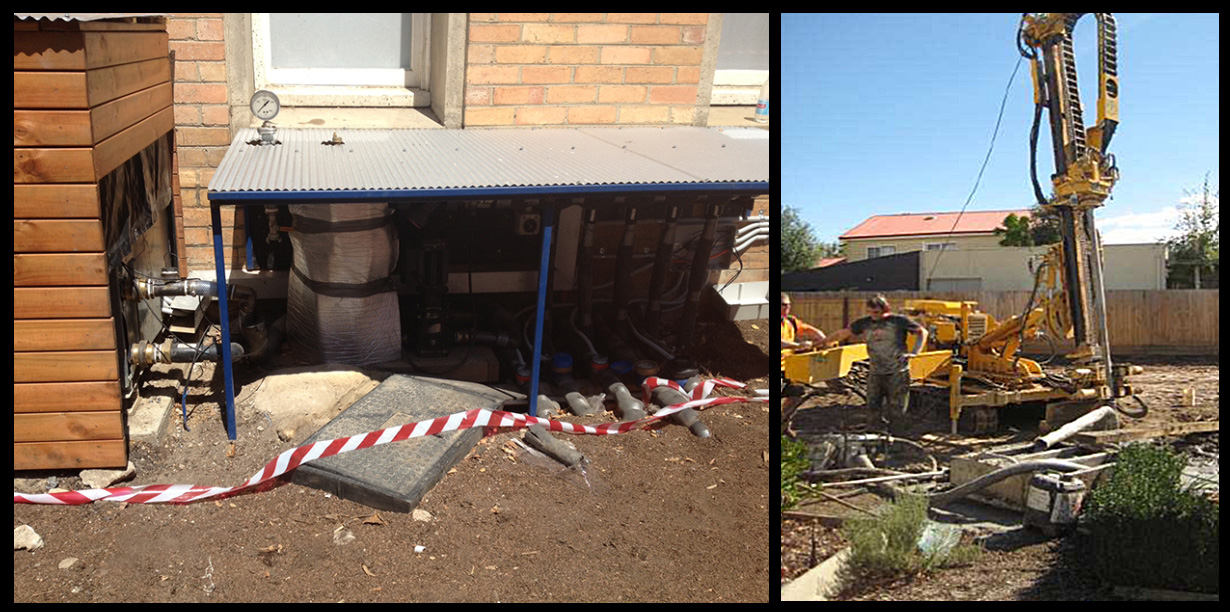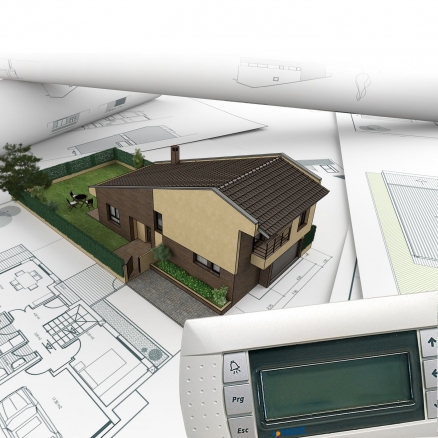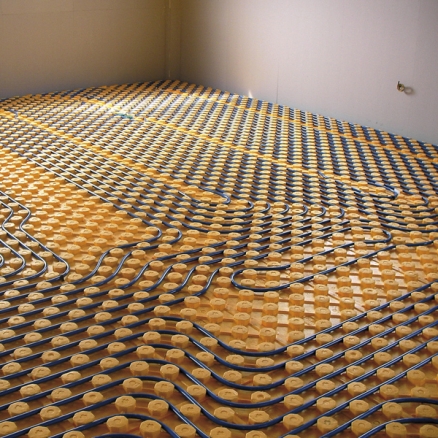As mentioned previously, air source heat pumps absorb their heat from the air, while ground source heat pumps absorb it from the ground. Let’s compare the two technologies.
Air source heat pump units look very much like air conditioning units seen on the outside of many buildings. The size of the heat pump will be determined based on your home’s heating and cooling demand – the bigger the home, the more heating or cooling it is going to require – so the larger the air source heat pump unit.
The same principal applies to a ground source heat pump but it requires buried pipes in the garden, so the first consideration is whether or not you have space to install them. Normally the pipes are drilled in vertically, so bore drilling machinery will need to be able to access the garden. In many cases the cost of drilling can be prohibitive. Although laying the pipework horizontally takes up a larger surface area of land, it is a cheaper method.
If you have a dam or well near the home, geothermal heat pumps can also use this as a heat source and it is usually more affordable then drilled-in systems.
With ASHP, (Air Source Heat Pumps) the unit is comparatively simpler and only needs to be attached to the outside wall, with pipes connecting into the building. A typical unit might be a 1.4 metre high by a meter wide with a depth of about half a meter. This will obviously vary greatly between models, but will give you something to work with. This option is available to the majority of the market, and therefore ASHP has the ability to be adopted by people living in densely populated areas.
Instead of spending the money on a GSHP (ground source heat pump), think about installing an ASHP and then invest the “savings” into building envelope improvements, such as more insulation, shading windows, and definitely more solar hot water and solar energy panels.





















